‘New York stories in a way are always real estate stories,’ says the journalist Alan Light in Lizzy Goodman’s bustling oral history of the city’s music scene at the dawn of the century. The same goes for all music scenes. Talent clusters and thrives only where there are cheap places to live, hang out, play shows and, crucially, fail.
New York in 2001 was such a location. The Lower East Side was still affordably sketchy and Brooklyn far from hip. When Dave Sitek from TV on the Radio moved to Williamsburg and invited his Manhattan friends to visit, ‘It was like I was asking them to go to China on a single–engine prop plane.’ Now Williamsburg, like Manhattan, belongs to the well-heeled. Gentrification is to Goodman’s narrative what heroin was to grunge: a devouring plague. Her book romanticises, and mourns, the last time New York was seedy enough to allow for a countercultural upheaval.
The subtitle notwithstanding, the heart of the story is the rise and kind-of-fall of that archetypal rock gang The Strokes between their first show in 1999 and their second album four years later. Goodman, who knew the band’s guitarist Nick Valensi from waiting tables, is clearly a Strokes partisan. To me, they were less a great band than people who might play a great band in a movie — a slick reboot of the sordid glamour of 1970s New York.
Immensely privileged, the five members enjoyed ample access to sex, drugs and money in their teens and were jaded before they’d played a note. This premature ennui fuelled their insouciant cool but left them nowhere to go after their 2001 debut Is This It. (Answer: yes it is.) Their frontman, Julian Casablancas, is a human ellipsis, so it’s left to the journalist Jenny Eliscu, an early booster, to sum him up: ‘Julian is both trying way too hard and really just not trying at all.’
The Strokes were, however, an exceptional catalyst. They jolted rock out of its aimless late 1990s trough and blazed a trail for others to follow: the Hives were the Swedish Strokes, the Rapture were the disco Strokes, and so on. ‘I would get on the phone,’ remembers an older musician, Dean Wareham, ‘and people would ask, “What do you think about Osama bin Laden? What do you think about the Strokes?”’
That strange synchronicity inspires the book’s best chapter: a knockout montage of memories of 9/11 and the carpe diem mania it inspired. The world was on New York’s side and the bands represented the city’s defiant resurgence.
Oral history is the perfect format to represent the messy, gossipy hubbub of a music scene. Goodman exercises shrewd editorial judgment but no authorial voice, allowing her scores of lively interviewees (musicians, DJs, journalists, publicists) to expand, and occasionally contradict, each other’s anecdotes. ‘I’m not an ambitious person,’ insists one Stroke. ‘Bullshit. We were ambitious,’ retorts another.
Compared to most music scenes, this one was low on drama: no shocking deaths, and surprisingly little acrimony. I was grateful for the appearance of the wayward singer-songwriter Ryan Adams, who entered the Strokes’s inner circle like a hand grenade, and the hilarious bitterness of Tim Goldsworthy, a former collaborator of LCD Soundsystem’s James Murphy: ‘James is a sociopath.’ But whatever is happening, or not happening, the voices carry you along. Even the stories of such lesser lights as Fischerspooner and Jonathan Fire*Eater are told with lipsmacking vim, and function as parables about a flailing music industry desperate for the next big thing. I tore through over 600 pages in a day.
All narratives of this kind are on one level about loss: of promise, of innocence, of youth. As soon as the underground connects with the mainstream, something starts to die. ‘One thing about the 2000s is that everything happened too fast,’ says the writer Andy Greenwald. So it’s hardly surprising that the period between 2003 and 2011 is squeezed into the last quarter of the book. Later Brooklyn bands like Vampire Weekend or Grizzly Bear were no less talented than the first wave but much more sensible.
You could argue that none of these bands mattered as much as the people in this book think they did; that they were, for the most part, too derivative to justify the excitement. Perhaps. But Goodman’s interviewees truly believed that they were in the right place at the right time — and of all the exhilarations of youth, there is none more intoxicating than that.
Got something to add? Join the discussion and comment below.
Get 10 issues for just $10
Subscribe to The Spectator Australia today for the next 10 magazine issues, plus full online access, for just $10.
You might disagree with half of it, but you’ll enjoy reading all of it. Try your first month for free, then just $2 a week for the remainder of your first year.

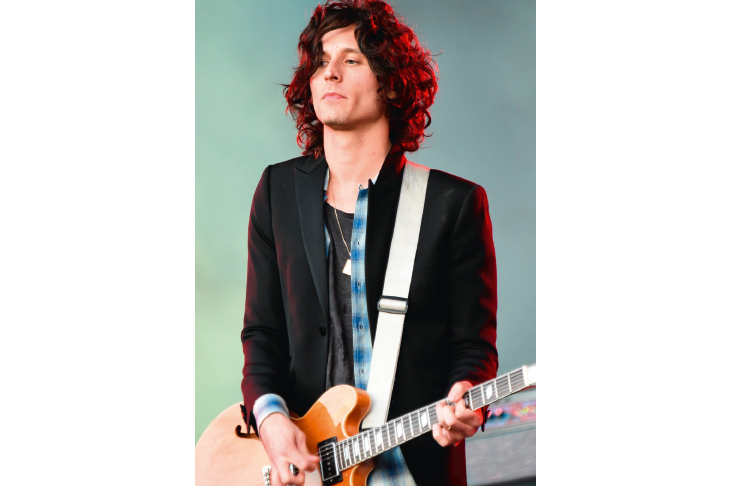
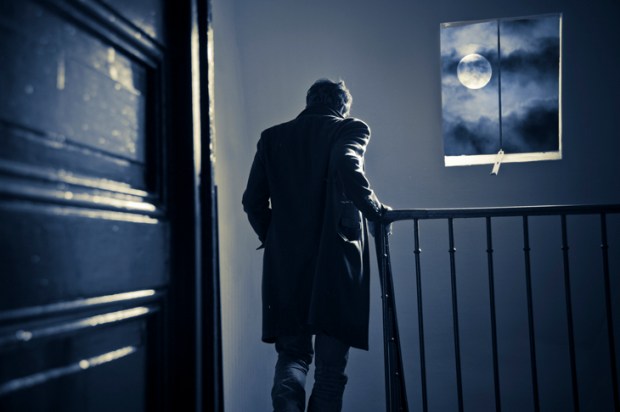
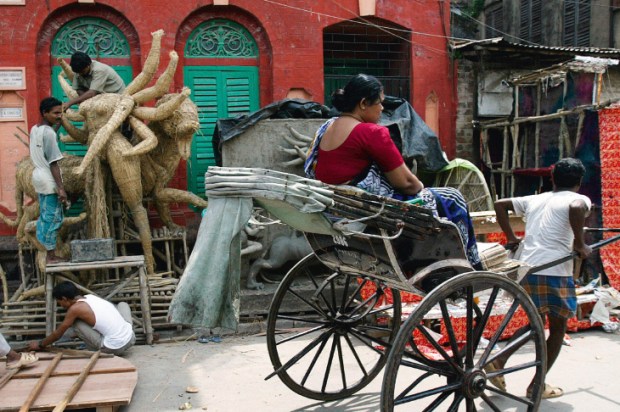

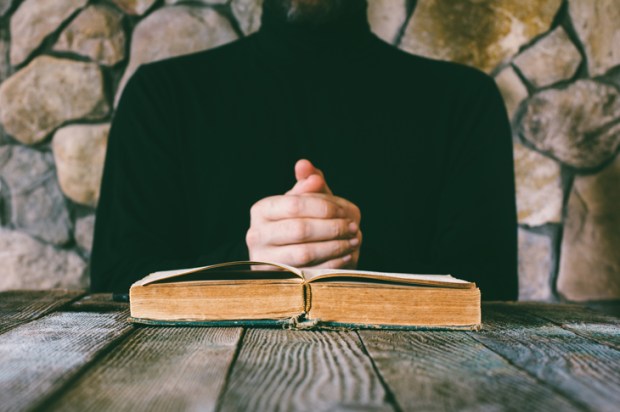
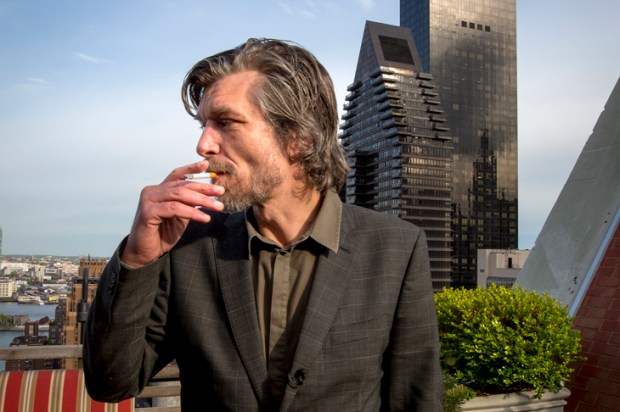
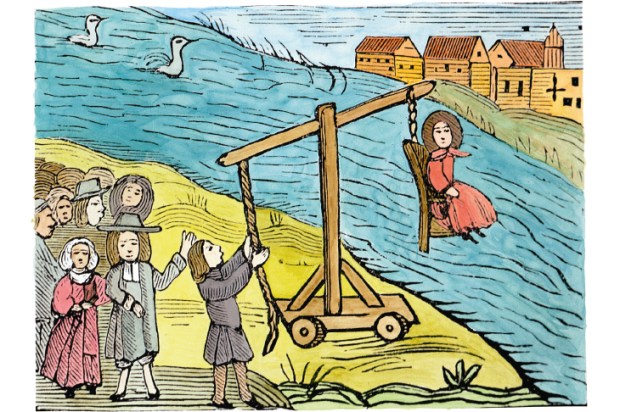






Comments
Don't miss out
Join the conversation with other Spectator Australia readers. Subscribe to leave a comment.
SUBSCRIBEAlready a subscriber? Log in